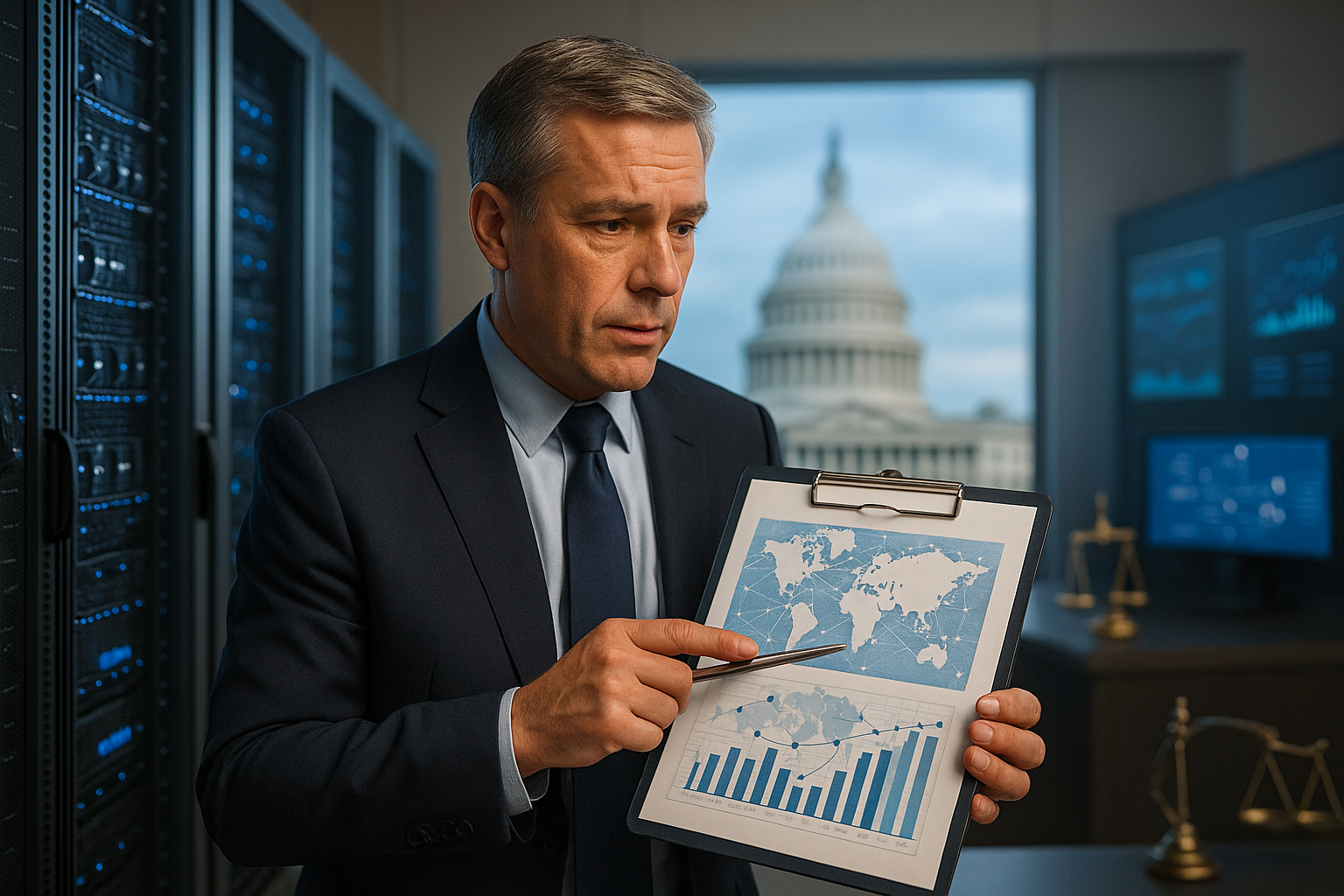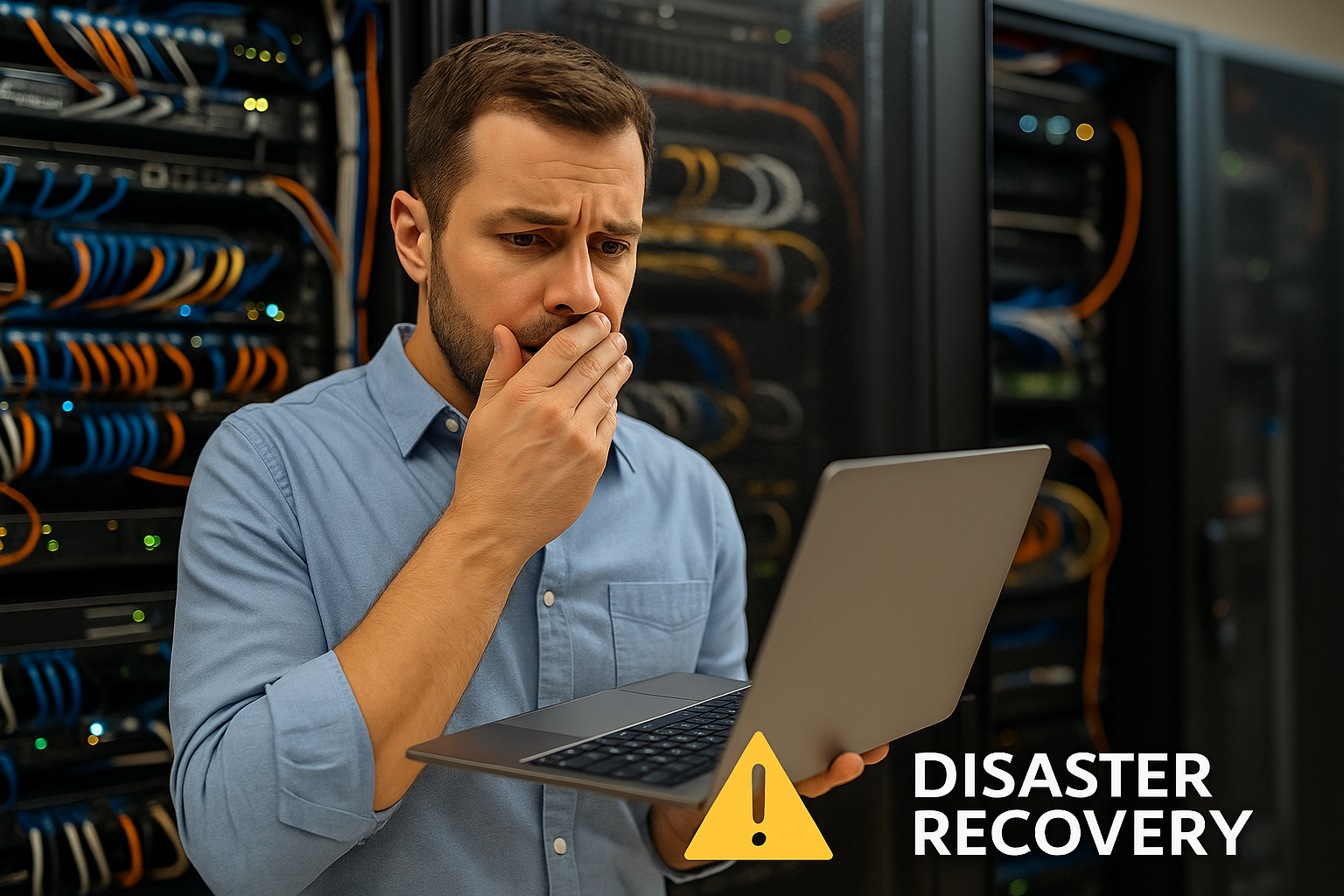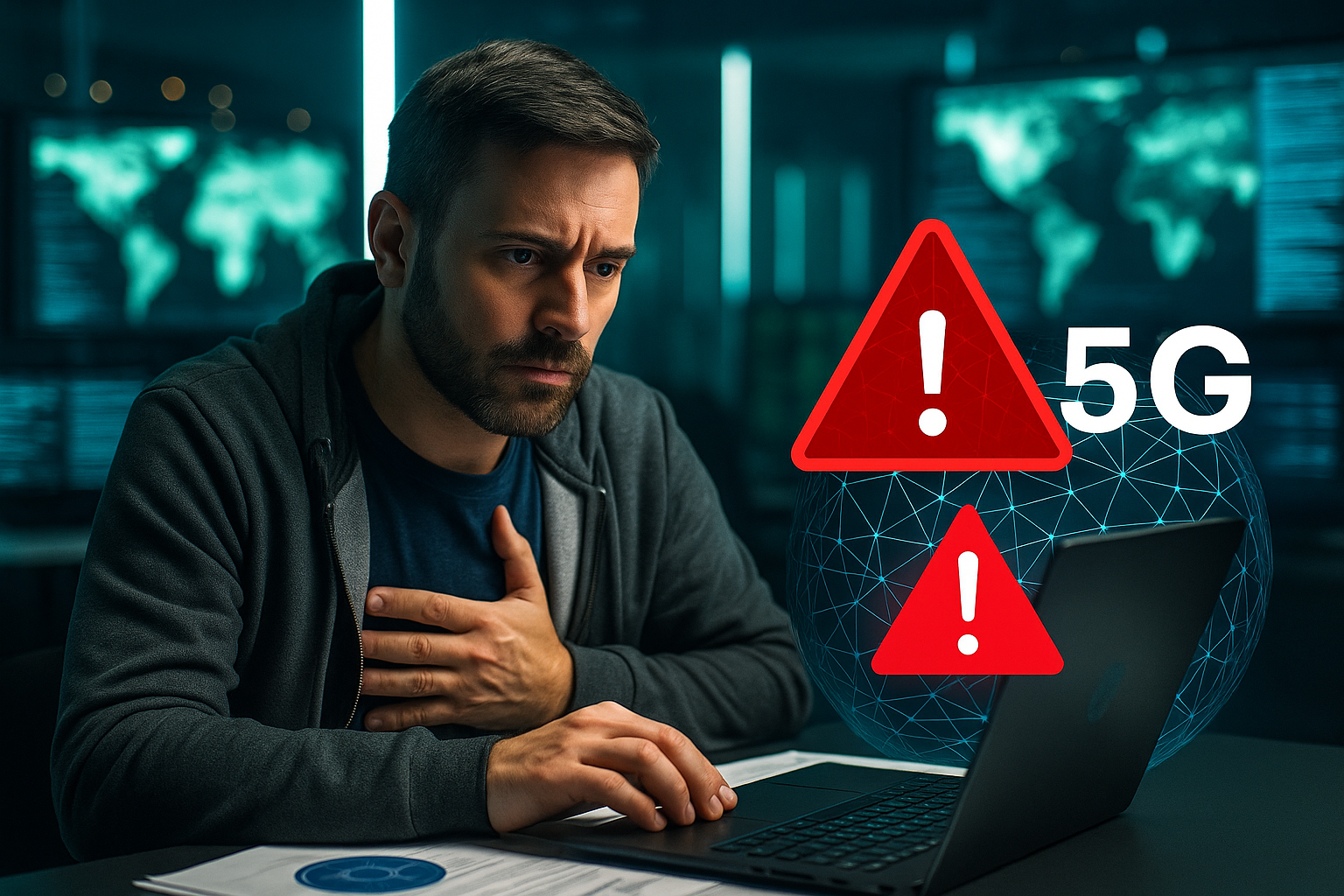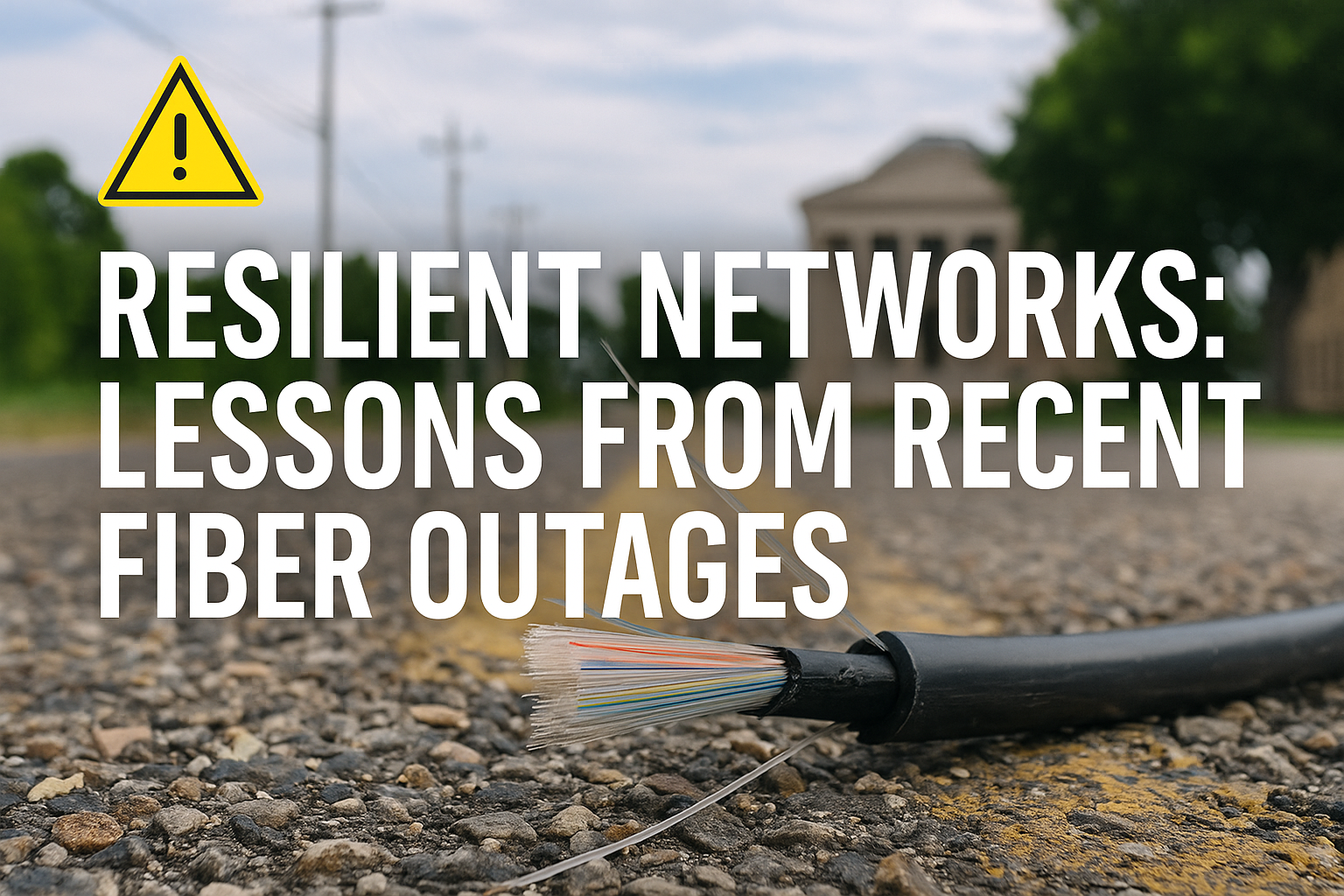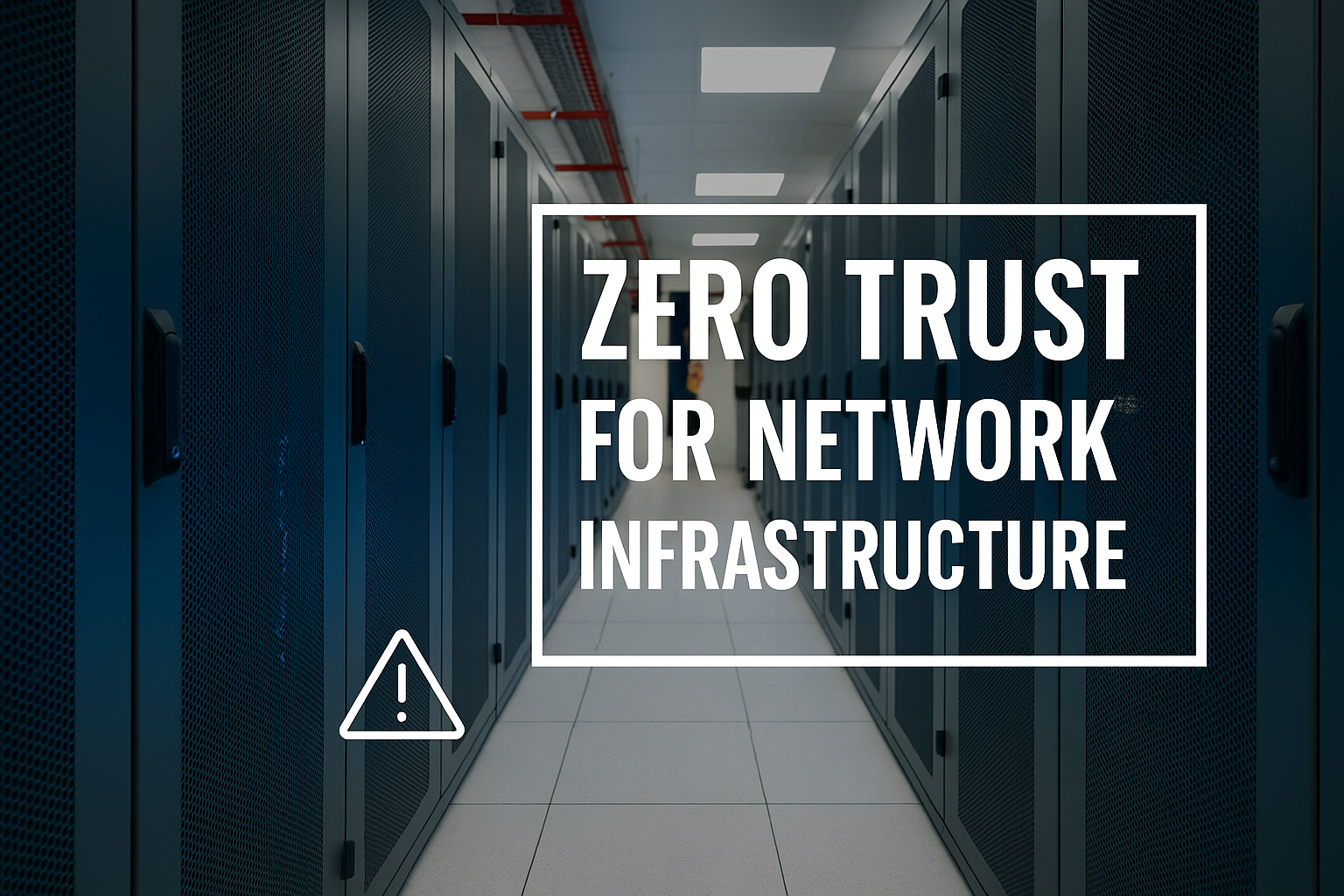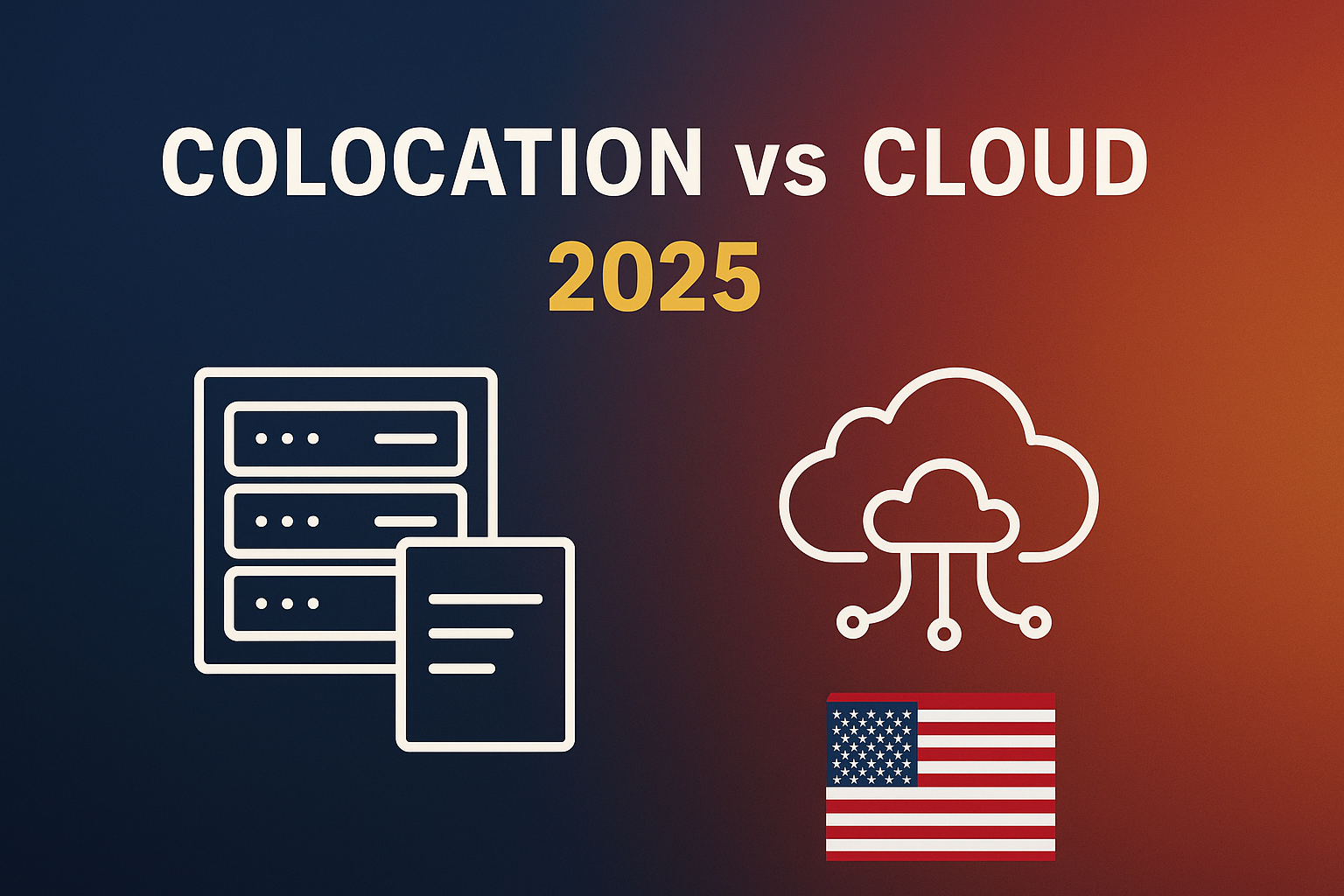Regulatory Trends Shaping Digital Infrastructure in 2025
Digital infrastructure is evolving rapidly, and with it, the regulatory landscape that governs networks, data centers, and connectivity. In 2025, governments worldwide are tightening rules to address cybersecurity, sustainability, and equitable access. These regulatory trends are reshaping how telecom operators, cloud providers, and enterprises invest in digital infrastructure. Why Regulation Matters Key Regulatory Trends in … Read more

